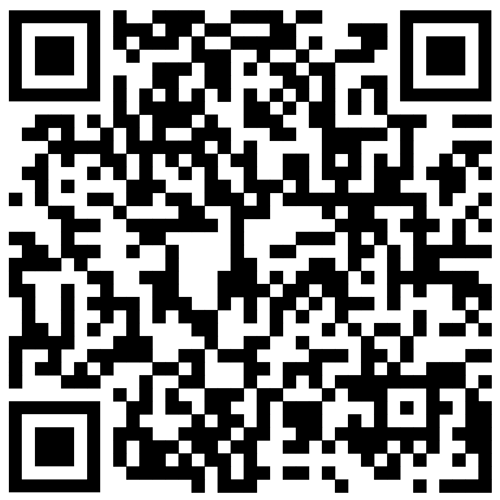Шрифт:
Интервал между буквами(Кернинг):
Размер:
Инверсия цвета Включить изображения Обычная версия сайтаOur Land / Alien Territory
Moscow City Department of Culture
Manege Museum and Exhibition Association
September 16 — October 4, 2015; private view – September 15, 19.00
Our Land / Alien Territory
Curator: Yulia Aksenova
Organizer: Triumf gallery, Manege Association
As part of the special program of the 6th Moscow Biennale of Contemporary Art, the Triumph gallery and the Manege Association will present an exhibition called Our Land / Alien Territory.
Participants: Maja Bajevic, Aleksandr Barkovskiy, Anca Benera and Arnold Estefan, Sergey Bratkov, Sofya Gavrilova, Aslan Gaysumov, Shilpa Gupta, Shezad Dawood, Daniсa Dakic, Sitara Ibragimova, Yulia Kazas (Yuka-Yuka), Amar Kanwar, David-Perez Karmadavis, Urban Fauna Lab, Taus Makhacheva, Anja Medved, Yerbossyn Meldibekov, Mehreen Murtaza, Igor Mukhin, Nira Pereg, Dan Peterman, Tenzing Rigdol, Kristina Romanova, Stefan Rusu, Shahzia Sikander, Lawrence Abu Hamdan, Albert Heta, Elizabeth Hoak-Doering, Tiffany Chung, Motoyuki Shitamichi and Sophie Ernst.
“Our Land / Alien Territory” is a large-scale project featuring artists from Russia and other countries whose works address the relation of place and politics. The main topic of the works to be displayed is the phenomenon of disputed territories and borderline areas facing persistent instability.
The territories explored by the artists are all different, but they also have something in common, particularly, the charged dynamism of a borderline area, political instability, and the mixed national identity patterns. In this land, it is sometimes impossible to draw a border between what is inherent and belongs with you and what is alien, and that applies both to the physical borders and the perceived community.
At the same time, such native/alien territories vividly exemplify problems faced by the modern national states, inviting thoughts on how a national identity is shaped, how the collective mindset works, how the actual topography relates to peoples’ ideas of themselves. In pondering over these questions, the artists refer to individual stories, thus bringing a personal aspect to these vague abstract subjects and elevating a private story to convey a political message.
Indian artist Amar Kanwar in his film “A Season Outside” (1998) tells the story of the partition of India and Pakistan, the historic event that directly affected his family. A work by Vietnamese artist Tiffany Chang called “Re-Mapping the Historical Diagram” (2015) addresses the tragedy that happened to her father during the Vietnam War. The long-term project HOME by Israeli artist Sophie Ernst represents an archive of interviews with people who were forced to leave their homes due to political upheavals in their home countries. The real life situation of Chechen refugees, the family of Aslan Gaisumov, made the basis of his video called “The Volga” (2015).
Many of the displayed works focus on the life of individual national and ethnic communities. Employing the research capabilities of anthropology, the artists address unusual phenomena of their everyday life.
Nira Pereg’s video “Abraham Abraham” (2012) was filmed in the Cave of the Patriarchs in Hebron, which houses both a mosque and a synagogue. Sound installation “The Strait of Language in the Valley of Noise” (2013) by Lawrence Abu Hamdan is dedicated to the community of the Druze living on both sides of the Israeli-Syrian border near the Golan Heights and communicating with each other by shouting across the border. Aleksandr Barkovskiy’s photo series “Gypsy Madonnas” (2008-2013) comprises portraits of Gypsy women from Central Asia, the natives of Afghanistan, Pakistan and India.
In some projects, the artists themselves act as the protagonists of their stories, as they prefer direct interaction and dialogue with the reality over an observer’s position.
During her work on the project called “100 Hand drawn Maps of India,” Shilpa Gupta asked 100 people from her country to draw maps from memory. Elizabeth Hoak-Doering used furniture brought from the Greek and Turkish communities in Nikosia in her kinetic installation “Amanuensis” (2009). For the project’s Moscow edition, the furniture will be brought from Eastern Ukraine. Tenzing Rigdol’s project called “Our Land, Our People” involved the covert transportation of 20 tonnes of soil out of Tibet to the Indian territory of Dharamsala where part of the Tibetan population now lives. Albert Heta staged a controversial performance at the Cetinje Biennale in 2004, turning the Serbian embassy into the “Embassy of the Republic of Kosova”.
Some works will be created specifically for the exhibition “Our Land / Alien Territory”. Among the largest projects will be the installation of American artist Dan Peterman who has piled 1000 sand bags as defense works right in the midst of the Central Exhibition Hall.
Media contacts (accreditation, enquiries):
Manege Association | | pr.manege@gmail.com | | +7 (495) 645 92 76 | |
18+
